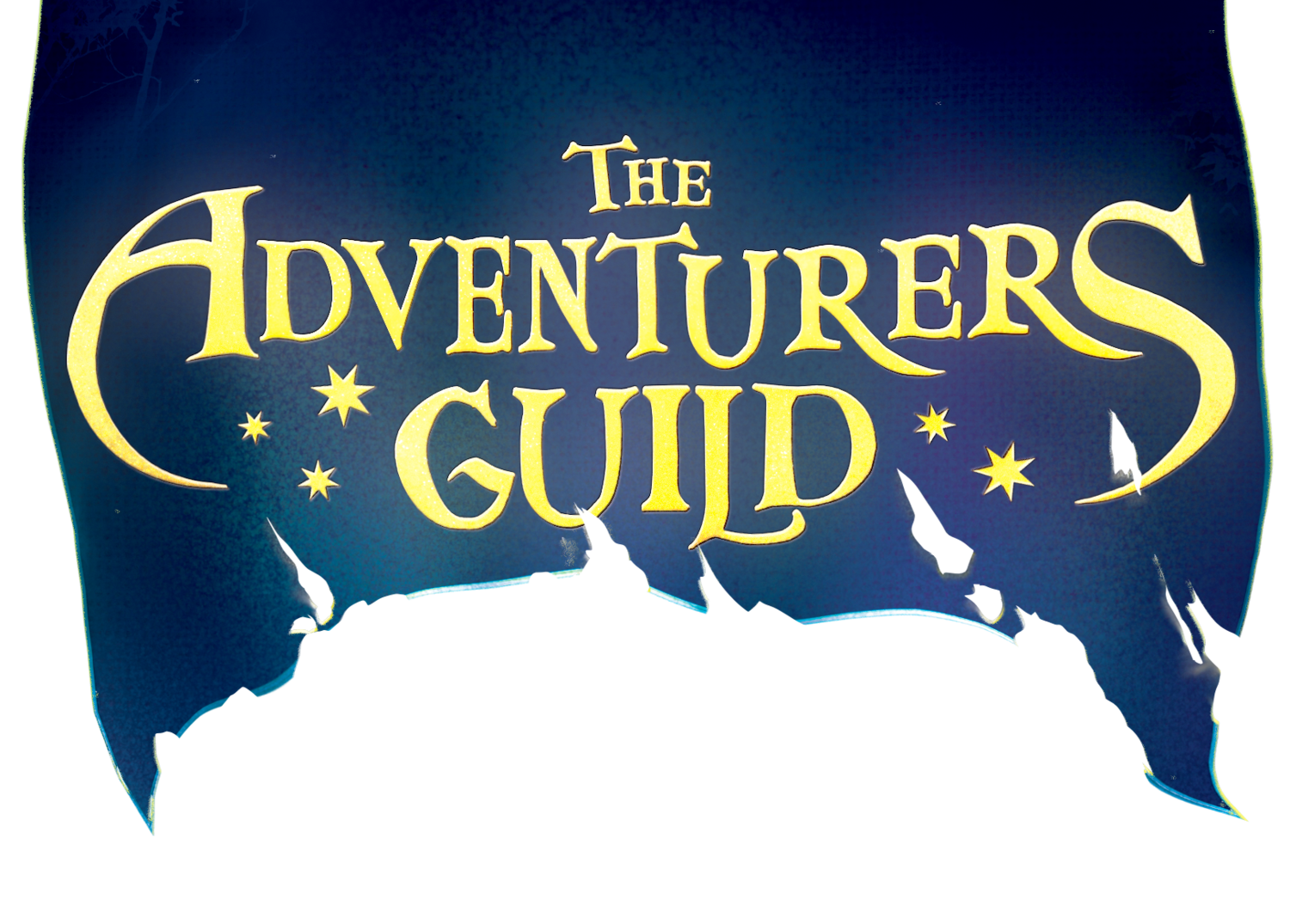Hi apprentices,
Now, on to Part 2 of our discussion of all things magic in TAG: the otherworldly planes beyond Terryn and the fantastical inhabitants of our setting.
Buckle up, because this one’s taking us far from Freestone!
Arcana: Cosmology
The universe of The Adventurers Guild is populated by mysterious otherworldly “planes,” strange worlds that are the origins of both magic and monsters. There are seven known planes, grouped into two categories — Inner and Outer — though there may be planes that are yet undiscovered.
In Freestone, the days of the week are named after these seven planes, similarly to how ours are named after the planets: Terday, Feyday, Fieday, Luxday, Noxday, Asterday, and Morday.
Inner Planes: These planes are closest together, making it easiest to draw magic (and Dangers) from them.
Terryn, the world, where the story of the books takes place. Anima, or life force, originates in Terryn. Creatures from here are called natural and generally aren’t categorized as Dangers, even the dangerous ones.
Fey, the faerie plane, enchanted and lush, from which wizards cultivate their mana. Dangers from here are called faeries or fey, or elementals. Some believe that the elves once originated in this plane, though their time in Terryn has changed them greatly.
Fie, the infernal plane, from which fiends and djinn originate. Warlocks gain their power by forming pacts with the more powerful and intelligent of these creatures. A tumultuous and fiery place.
Outer Planes: The outer planes are more removed and mysterious. Uncanny abilities can be culled from them, but the nature of this power tends to be harder to shape than mana.
Lux, the plane of order, logic, and light. Dangers from Lux are mechanical and sometimes have angelic-looking wings. Automatons, golems, and seraphs all originate from Lux, as do the runes that are used by the dwarves. No “living” creature has ever emerged from this plane — only automatons powered by runes. Even the winged seraphs are mechanical, except for their great feathered wings.
Nox, the plane of chaos, chance, and shadows. Once, there were people who could draw uncanny luck from this place, though manipulating good fortune always came with an equal cost of bad luck. Dangers originating from here are stealthy or indistinct. Some are simply living shadows, while others are shapeshifters, chimeras, and werebeasts.
Astra, the plane of the mind. Dreams are said to originate from this cold and starry place, though little else is known of it. Ancient psions were once able to harness the forces of Astra to provide them with odd psychic gifts: telepathy and telekinesis, psychometry and memory alteration, and even mind control. Reportedly, many psions who explored the powers of Astra too deeply succumbed to madness. Monsters from Astra are often horribly jumbled and disfigured, inflicting madness on their victims — or they are psychic creatures of impenetrable intelligence that strip away the wills of their thralls.
Mort, also known as the Gray Gate, or the plane of the dead. No Dangers originate from this plane. Rather, the power that spills from it causes the dead in Terryn to rise, and can be harnessed by necromancers to force them into service. Ghosts, skeletons, zombies, and vampires are the results of the Gray Gate’s opening.
Arcana: The Fantasy Races of Terryn
Humans, elves, and dwarves are the races we most commonly meet in Terryn, but the world once flourished with a diversity of fantastical peoples, inspired by Nick and my favorite fantasy stories and games. We hope to someday explore the other surviving cities beyond Freestone, and learn a bit more about these folk.
One of the questions Nick and I sometimes get on school visits is whether children like Zed — who is half-human and half-elf — can be born from pairs of other ancestries, like humans and dwarves or even dwarves and elves. While rare, the answer to this is a resounding yes! The child of a human and a dwarf would be called a halfling in this setting, or dwarf-blooded among the humans of Freestone. Halflings generally present as small humans — they have the dwarven height, but not their robust constitutions. Once, whole communities of them lived in underground homes carved into sprawling hills, broken into governments called shires. They were renowned for their kindness, curiosity, and hospitality.
The child of an elf and a dwarf would be a gnome: a small, thin, spritely person inheriting both the elves’ knack for magic and the dwarves’ keen ingenuity. Though even rarer than elf-blooded and dwarf-blooded peoples, the gnomes of history were often regarded as geniuses of enchantment, mixing magical and material talents into wondrous inventions.
—
That ends our lesson! Feel free to contact us with any questions you have about this setting. We can't promise we'll answer — some of these might reveal secrets or spoilers — but we're always happy to talk about the world of TAG!
Zack
